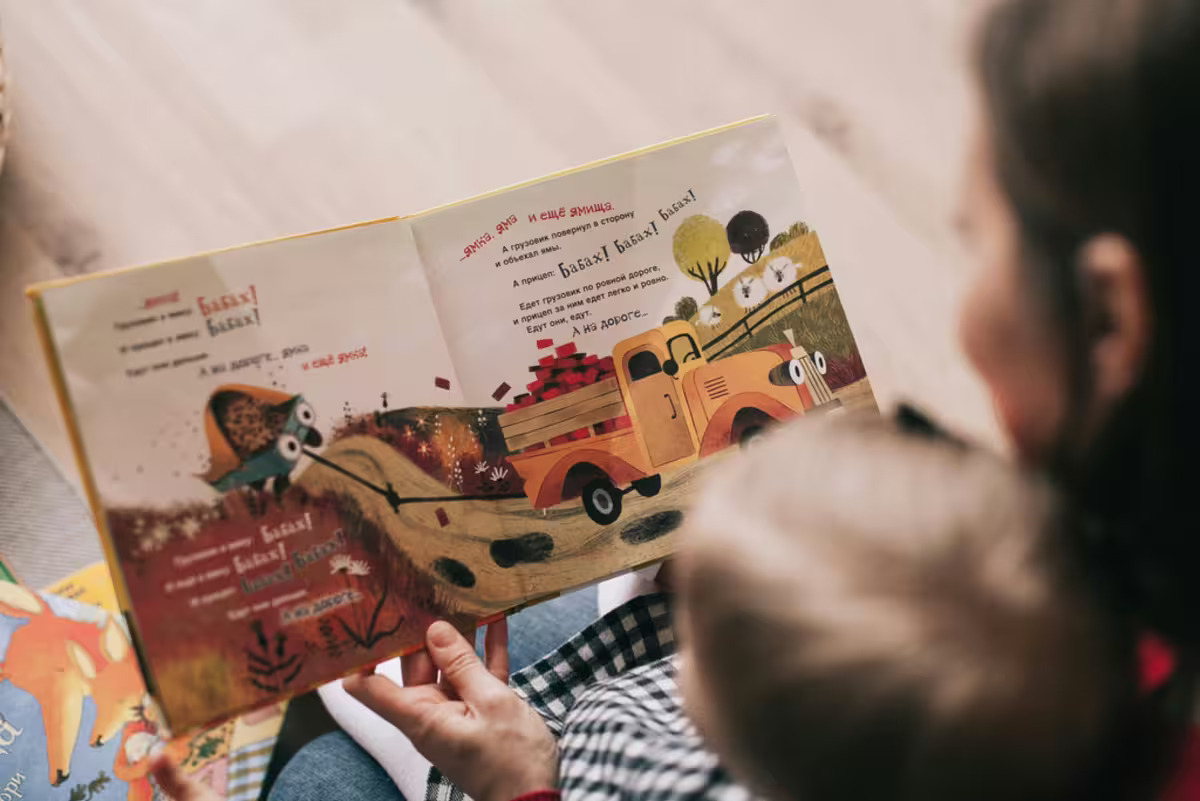
Building Habits That Preserve Your Story
Time moves fast. One week blends into the next, and small moments often slip away without notice. That’s where the idea behind how weekly storytelling projects keep your memories consistent comes in. By setting aside time to reflect, write, or share each week, people can hold onto memories that might otherwise fade.
These projects work best when they become a habit. Whether it’s a photo with a short caption or a written journal entry, the consistency matters. It creates a rhythm, something to return to each week—sometimes even tied to a specific week number and over time, that rhythm shapes a personal archive filled with detail and depth.
This kind of regular storytelling isn’t about big events. It’s about everyday life—conversations, thoughts, routines. These smaller memories often mean the most later on. By making storytelling part of the weekly schedule, people stay connected to their experiences in a lasting way.
Turning Ordinary Moments Into Meaningful Records
A walk in the park, a laugh over dinner, a quiet afternoon at home—these aren’t the stories most people post online. But they hold emotion, color, and context that shape the memory of a life. Understanding how weekly storytelling projects keep your memories consistent can help give space to honor these moments and collect them before they disappear.
People often remember major events like weddings or vacations. What fades are the details: what someone said on a rainy Tuesday or how it felt to start a new job. Writing these things down or telling them aloud helps store them in a more lasting way.
Even a few words can bring a moment back years later. A sentence like “We watched the same movie three times that week because it made us feel better” can anchor a memory far more than a date or title ever could. Weekly storytelling gives those details a home.
Strengthening Emotional Memory Through Repetition
Stories told again and again stay with us. Weekly storytelling allows people to revisit themes, reflect on growth, and understand how their feelings shift over time. That repetition strengthens emotional memory and brings clarity to personal experiences.
For example, someone who writes weekly about parenting might notice how their tone changes over the months—from stress to joy, or fear to confidence. Seeing that shift in their own words builds self-awareness. It also helps others relate when stories are shared.
These small reflections create a deeper connection to past versions of ourselves. They remind us what we’ve learned, what we’ve loved, and where we’ve changed. The act of looking back, week after week, turns memory into something more thoughtful and complete.
Encouraging Deeper Conversations With Others
When storytelling becomes a weekly habit, it often includes other people—family, friends, or community members. Talking through memories together helps fill in gaps, add perspective, and strengthen bonds. Shared stories deepen understanding and create a collective sense of history.
Someone might start asking their partner, “What do you think stood out about this week?” or message a sibling with a memory to confirm. These interactions pull others into the storytelling process and can lead to heartfelt conversations that might not have happened otherwise.
This also works in group settings. A storytelling group, blog, or classroom project that runs weekly keeps everyone engaged. It builds routine while also offering surprise—because no two stories are the same. That variety, paired with consistency, keeps people coming back.
Creating a Timeline That Shows Growth
Looking back on a full year of weekly stories can be powerful. The format turns into a timeline—a way to see how things changed, what challenges came and went, and which moments mattered most. It gives structure to personal history in a way that’s easy to follow.
People often don’t realize how much they’ve grown until they look back. A journal entry from January may feel like it came from another person entirely. A note about a hard day might now carry pride, knowing how it was handled.
This timeline becomes more than a record—it becomes proof. Proof of effort, progress, and presence. Each story is a marker, a step forward, showing how life moved and how the storyteller moved with it.
Reducing the Pressure of Perfection
Daily journaling or memory-keeping can sometimes feel like too much. Weekly storytelling projects offer a more sustainable rhythm. There’s enough space between entries to feel fresh, but not so much that memories disappear. This pace allows for reflection without pressure.
The format doesn’t need to be polished. A few lines, a short video, or a voice memo all count. The goal isn’t to write a masterpiece—it’s to keep showing up. That relaxed approach makes it easier to stay with the habit over time.
Letting go of perfection helps people focus on what matters: honesty, emotion, and detail. These things make a memory last, not perfect grammar or fancy structure. Weekly projects create a safe space to record without judgment.
Adapting the Format to Fit Your Life
One of the best parts of weekly storytelling is how flexible it can be. People can write, record, draw, or take photos—whatever suits their style. The method doesn’t matter as much as the regular act of noticing and saving.
Some choose to post on social media, while others keep a private journal. Some build family newsletters, while others use apps to log quick thoughts. The freedom to shape the project makes it easier to stick with and more meaningful to complete.
This adaptability also means anyone can take part. No special tools are needed. A notebook or phone is enough. The process becomes a personal ritual, shaped by individual needs and preferences, which makes it feel more natural and rewarding.
Strengthening Family History and Legacy
Weekly storytelling can become a gift for future generations. When stories are saved, they become part of a family’s living history. They offer a window into past moments that others may someday want to revisit, understand, or learn from.
A parent writing weekly about their child’s milestones creates a record that child can read one day. A grandparent sharing short stories each Sunday builds a bridge to future relatives who may never meet them in person but will know them through their words.
These projects carry memory beyond a single lifetime. They turn into archives of laughter, struggle, and growth. They help families stay connected across time and distance, anchored by real stories told in real moments.
Supporting Mental Clarity and Self-Care
Taking time each week to reflect through storytelling can support mental wellness. It provides space to process events, express emotions, and organize thoughts. This small act of checking in can reduce stress and improve emotional balance.
People who write weekly often report feeling lighter after they finish. They can sort through their feelings and find meaning in even difficult moments. Storytelling turns pain into process, and joy into something shareable.
This habit also creates a pause in a busy week. It invites stillness, attention, and self-awareness. That regular pause becomes a kind of reset—something calming, personal, and nourishing to return to again and again.
Lasting Memory Through Gentle Consistency
Weekly storytelling projects offer a steady way to hold onto life’s moments. They’re not about dramatic change or perfect structure. They’re about showing up each week and giving space to the stories that shape us.
With time, these moments form a clear and honest picture of a life lived with attention. They help keep memory from fading, not by force, but through gentle repetition. That’s exactly how weekly storytelling projects keep your memories consistent—through the quiet rhythm of regular reflection.
Each week holds something worth saving. And by saving it, we remind ourselves that our stories matter—now and in the future.

